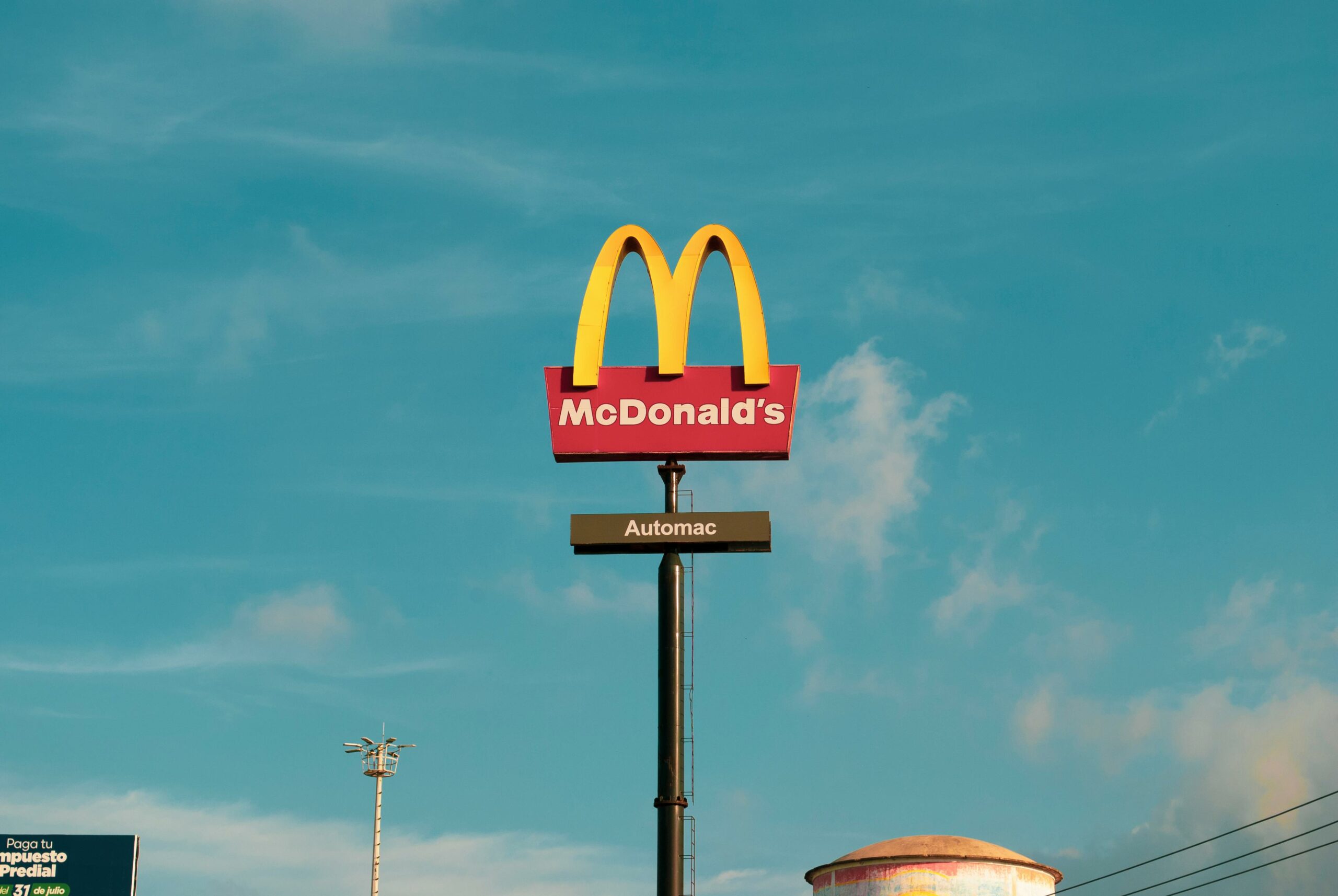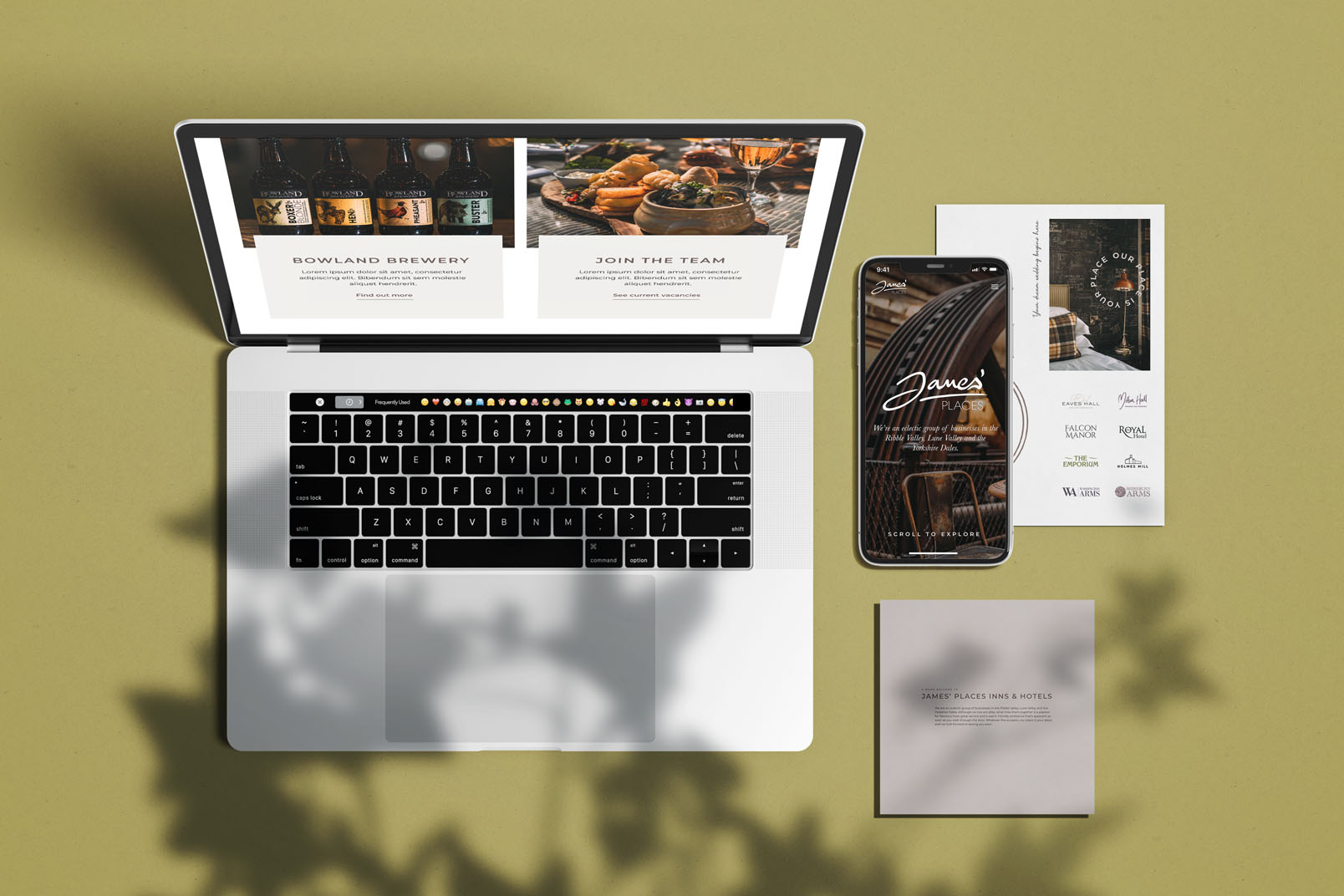
There is one simple and compelling reason why brands invest so much of their marketing spend, not to mention time and energy, in customer loyalty schemes.
Put simply, it is easier and cheaper to generate sales and income from existing customers than it is to attract new ones.
Not that any brand would ever want to stop looking for new business in new markets, of course. But the fact is, if you can get the same customers coming back again and again and steadily purchasing more over time, you can achieve growth more efficiently than you can through new customer marketing.
There is an argument that the digital age has led to an even sharper focus on brand loyalty. We tend to think about the internet as a great breakthrough for marketing, making it easier and cheaper than ever before for brands to reach vast new audiences.
But for all the opportunity digital marketing offers in terms of presence and reach, the internet is also extremely crowded. Entering national and global marketplaces online brings you in close proximity to huge pools of potential customers, but it also exposes you to many more competitors. Getting your voice heard online is not easy and investing heavily in reaching new markets carries risks. In such climates, nurturing the custom you already have offers an important safety net.
Under Used
To get a sense of the value of brand loyalty schemes, you only have to look at the size of the brands running them. The Nectar card, for example, the largest loyalty scheme in the UK, brings together some of the country’s biggest retail brands, including Sainsbury’s, BP, Argos and eBay. In sectors like grocery and fuel, where consumers make frequent repeat purchases, convincing customers to stay with you rather than head off to a rival next week is a cornerstone of marketing strategy.
However, there are signs that traditional loyalty schemes have reached their peak. How many of us have store or rewards cards in our wallets or handbags that we never use? In a survey of consumers in the US, more than half said they did not use the loyalty schemes they were members of, while a third said that store cards did not save them money.
With such low conversion, this hardly paints a picture of an efficient means of securing growth. Where else can brand loyalty schemes go, then?
Branding Flexibility
There is a huge degree of flexibility when running customer loyalty schemes via mobile phone apps these days. Not only does it save on printing cards, such apps provide a fantastic data resource which can help brands to personalise and customise marketing. When deployed to support marketing, CRM systems can use data from such apps to automatically fire off special personal offers as soon as a customer hasn’t visited the online store for a certain amount of time, or send gifts and so on.
While this is all good practice, there is a simpler lesson to remember about what works in brand loyalty – listening to what your customers want.
The Hilton hotel and hospitality group recently announced an overhaul of its 60 million strong Hilton Hilton Honours Brand Loyalty Scheme.pngHonors loyalty scheme following a comprehensive consultation with members.
What Hilton Honors card holder told the company about brand loyalty was that flexibility matters. So alongside a typical partnership deal which will allow Hilton customers to use points at Amazon, the scheme now gives members complete freedom on the balance of points and cash they can use on a future purchase. More radically, they can also pool points with up to 10 other members to secure group loyalty discounts.
It doesn’t take mobile apps and CRM software to personalise loyalty schemes. Simply talking to customers about what they would like is a good first step.
Digital Marketing and Branding Specialists
Ultimate Creative is a leading digital agency working for clients throughout Greater Manchester and Cheshire. If you are looking for advice on boosting repeat business or have a question about any aspects of your company’s branding and marketing, why not download our brand development checklist below:





